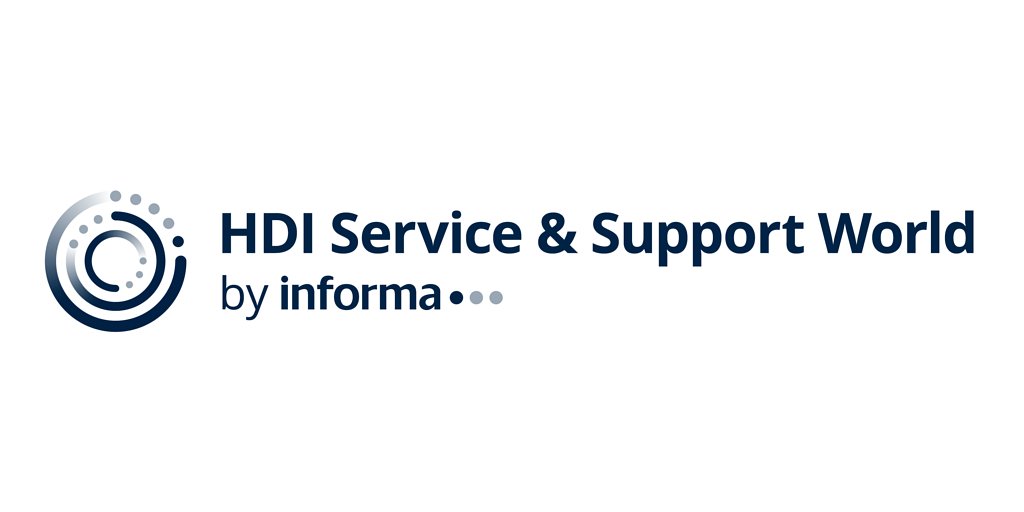
Unified Support: HDI Event Signals Industry Shift to Holistic Service Delivery
HDI’s new ‘Service & Support World’ event reflects a growing industry trend: converging IT service management with customer support to deliver seamless, unified experiences. The move promises economic benefits for Las Vegas and a renewed focus on customer-centricity.
Unified Support: HDI Event Signals Industry Shift to Holistic Service Delivery
LAS VEGAS, NV – November 19, 2025
The Rise of Unified Service
The IT service landscape is undergoing a significant transformation. For years, IT service management (ITSM) and customer support have often operated as separate silos. Now, a convergence is underway, driven by the demand for seamless, integrated experiences. HDI, a leading authority in service and support excellence, is betting on this shift with the launch of ‘HDI Service & Support World,’ a unified event bringing together its previously separate SupportWorld Live and Service Management World conferences, beginning May 3-7, 2026, in Las Vegas. This move isn’t just about consolidating events; it’s a signal of a broader industry trend, and a response to evolving customer expectations.
“The lines are blurring,” says one industry analyst. “Customers don’t care where their issues are resolved, they just want a quick and effective solution. That requires breaking down silos and integrating IT and customer-facing teams.”
A Response to Evolving Customer Expectations
The impetus for this convergence is clear: customers today expect more than just technical proficiency; they demand empathetic, personalized support across all channels. The traditional model of IT resolving technical issues in isolation, while customer support handles the “soft skills,” is becoming increasingly ineffective. Organizations are realizing that true customer loyalty is built on consistent experiences, regardless of the touchpoint.
“We’re seeing a growing emphasis on customer experience (CX) as a key differentiator,” explains an IT service management leader. “ITSM teams are being asked to think beyond just fixing tickets and focus on proactively preventing issues and improving the overall customer journey.”
This shift is reflected in the priorities of IT and customer service professionals alike. A recent report from HDI shows that improving the customer experience is a top priority for 59% of respondents in ITSM projects. Equally, organizations are applying service management practices in non-IT business units, most frequently in customer service, HR, and business operations, showing a wider adoption of unified service.
Economic Boost for Las Vegas
The launch of ‘HDI Service & Support World’ is expected to deliver a significant economic boost to Las Vegas. Large-scale conventions contribute substantially to the local economy through hotel occupancy, dining, entertainment, and transportation spending. While specific projections for this event are still being finalized, the combination of two successful conferences suggests a potentially large influx of visitors.
“Any event that brings tens of thousands of attendees to Las Vegas is a win for the city,” says a local tourism official. “These attendees not only fill hotel rooms but also spend money at local restaurants, shops, and attractions, creating jobs and generating tax revenue.”
Given Las Vegas's established infrastructure for hosting major events, industry experts predict that 'HDI Service & Support World' will have a measurable positive impact on the local economy. The five-day duration of the event is likely to encourage extended stays and increased spending among attendees.
Bridging the IT-CX Gap
While the technological aspects of IT service management are crucial, delivering exceptional customer experiences requires a human-centered approach. Aligning IT and customer experience teams isn't just about streamlining processes; it’s about fostering a shared understanding of customer needs and priorities. One industry analyst points to the importance of empathy training for IT professionals and technical training for customer support representatives.
“It’s about building a culture of collaboration and breaking down the ‘us vs. them’ mentality,” they say. “When IT and CX teams work together, they can deliver a seamless, personalized experience that builds customer loyalty.”
However, it’s not without its challenges. According to one source, converging these teams requires significant change management efforts, including addressing potential skill gaps and overcoming resistance to new ways of working. “There’s a lot of legacy thinking to overcome,” they explain. “It requires a commitment from leadership to invest in training and create a culture of continuous improvement.”
Despite these challenges, the benefits of bridging the IT-CX gap are clear: improved customer satisfaction, increased efficiency, and a stronger competitive advantage. As customers continue to demand more personalized and seamless experiences, organizations that can successfully align their IT and CX teams will be best positioned to thrive in the years ahead.
📝 This article is still being updated
Are you a relevant expert who could contribute your opinion or insights to this article? We'd love to hear from you. We will give you full credit for your contribution.
Contribute Your Expertise →